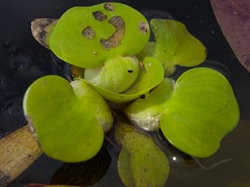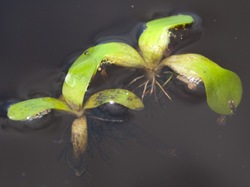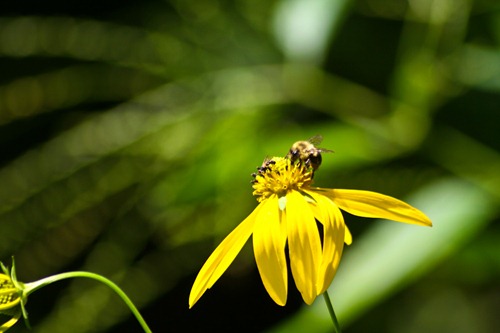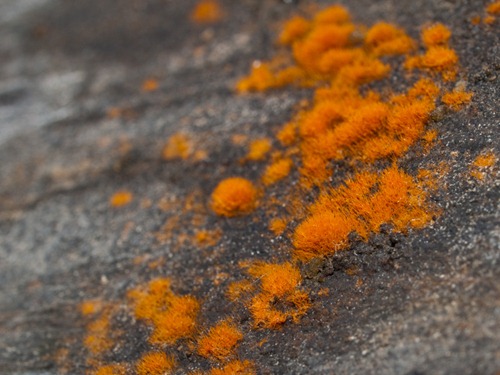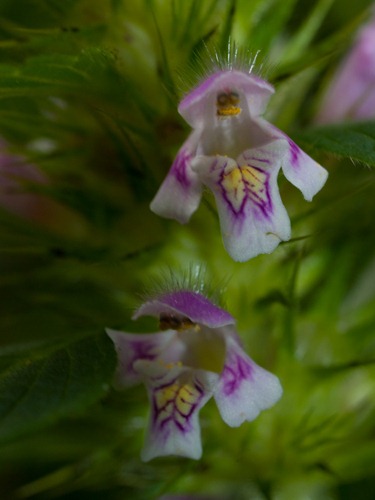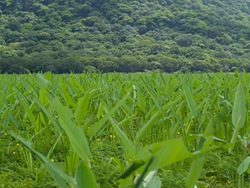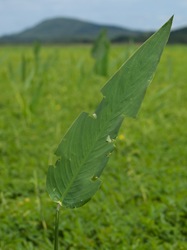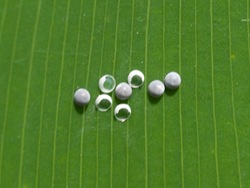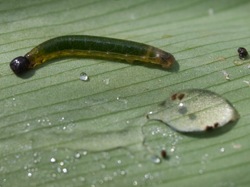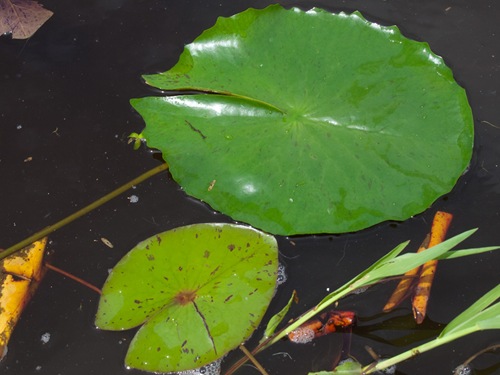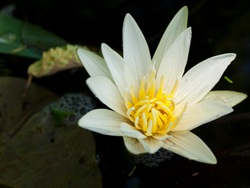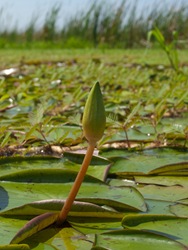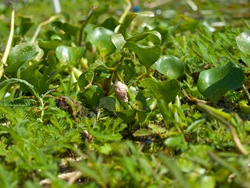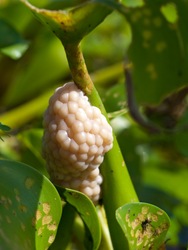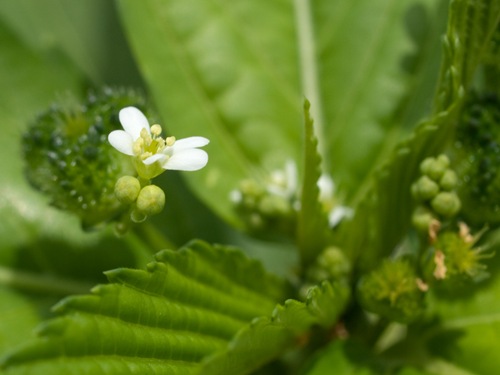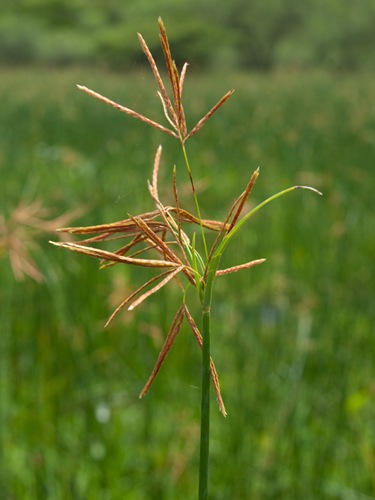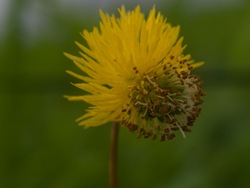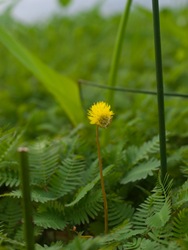If plant-insect interactions are cool, plant-insect photographs are cooler.
Category Archives: Plants
An orange lichen?
I wonder if any lichen specialists frequent my blog. If so, how are lichens categorized? Certainly the individual fungal and green algal/cyanobacterial species are ‘clearly’ described, but are lichens themselves able to be characterized and described in the own right? For example, if the mutualisms are usually formed between single fungal and algal species, can a particular pair be classified? If pairs are not usually species-specific in this way, but more general lineages of either the fungal component, the algal component, or both do form more generalized groups of lichen, do these ‘groups’ behave similarly? Would a particular group likely inhabit a vertical slate cliff in Western New York, while another likely inhabits the forest floor? What types of adaptations in lichen groups fit these habitats?
What if this photograph isn’t even a lichen and I’m totally incompetent?
Also, what if I had just gone to the damn Wikipedia site before I wrote all that.
Spines on the petals
The Thalia moth returns
Nymphaea
So far, I’ve identified two species of water-lily: Nymphaea puchella and the more common Nymphaea amazonum. N. pulchella is currently flowering and has a wavy margin on it’s floating leaves, while N. amazonum hasn’t begun flowering yet and seems to have smaller leaves. The flowers below are from N. pulchella.
Apple snail egg invasion
Here’s some photos of the apple snail eggs I mentioned that had been laid in one of my enclosures.
Plant database
The first sedge
Water hyacinth is coming
This is what the water hyacinth in the Palo Verde wetland currently looks like. Seedlings existed throughout the wetland underwater, attached and rooted. In areas where there has been high traffic (because of my work or because of cattle), the seedlings have release from the sediment and float. When I first noticed them, they had two leaflets and a couple of roots, and I was unsure on their identification. A week later and it is obvious. The seedlings are generally smaller than a silver dollar.